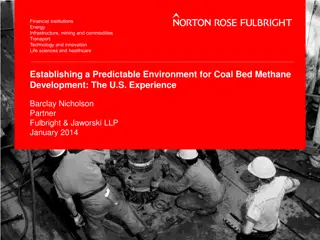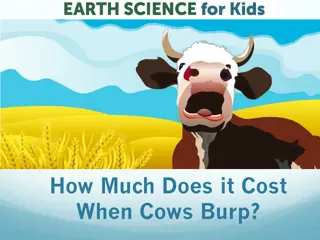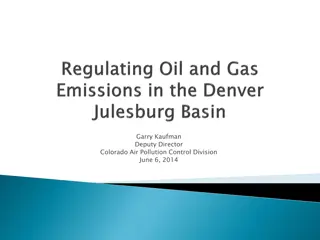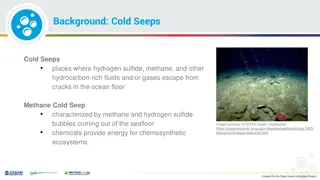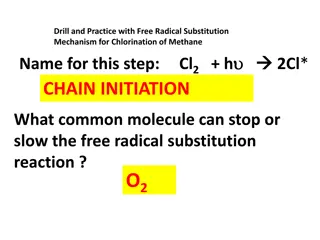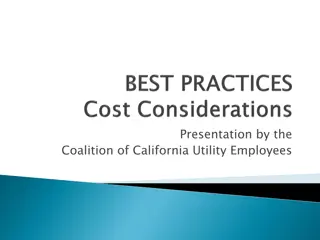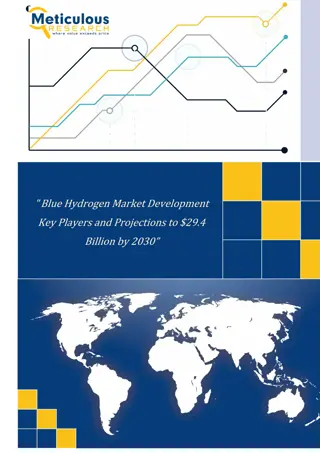2022 Reach Codes Initiative. Advancing safer, healthier and more affordable buildings and vehicles
The 2022 Reach Codes Initiative focuses on advancing the adoption of safer, healthier, and more affordable buildings and vehicles through local enhancements to state building codes. This initiative addresses building electrification, reduced methane gas usage, and increased electric vehicle charging
0 views • 52 slides
Historic Investments in Climate Action: Inflation Reduction Act May 2023
The Inflation Reduction Act (IRA) of May 2023 focuses on making significant investments in climate action to reduce U.S. emissions by an estimated 40% by 2030. This act supports disadvantaged communities, the clean energy industry, and aims to drive emissions reductions over the next decade while pa
5 views • 14 slides
Understanding Biogas Production from Kitchen Waste for Green Energy Solutions
Biogas, a methane-rich gas produced from organic waste, offers an eco-friendly energy solution through anaerobic digestion. Learn about its composition, advantages, and disadvantages, as well as the biochemical reactions involved in its production. Discover the various modes of operation and types o
7 views • 22 slides
Review of Critical Heat Flux in Liquid Hydrogen, Methane, and Oxygen
This review paper presents data and predictive tools on the critical heat flux (CHF) of liquid hydrogen, methane, and oxygen. It covers the motivation for CHF modeling, background on pool and flow boiling curves, availability of CHF data for different liquids, and applications in space propulsion sy
0 views • 15 slides
Cryogenic Heated Tube Flow Boiling Experiments with Generalized Fluid System Simulation Program
Modeling of cryogenic heated tube flow boiling experiments of nitrogen and methane using the Generalized Fluid System Simulation Program. The research conducted by Michael Baldwin and co-authors from NASA MSFC, NASA GRC, and Purdue University explores the motivation, background, and findings related
0 views • 18 slides
Hydrogen Generation Market: Assessing the Role of Hydrogen in Energy Transition
Hydrogen Generation Market By Source (Blue Hydrogen, Gray Hydrogen, Green Hydrogen), By Process (Steam Methane Reforming, Coal Gasification, Electrolysis, Others), By Delivery Mode (Captive, Merchant), by Application (Chemical Processing, Transportat
1 views • 4 slides
Understanding Methane Burning: Chemical Transformations and Energy
Explore the process of methane burning through investigations and molecular modeling activities. Learn about the chemical changes involved, including the production of carbon dioxide and water. Discover the energy transformations that occur during combustion, with forms such as light and heat energy
3 views • 13 slides
Biogas Production and Methane Content Measurement in Biodigester Research
Explore the process of collecting data in biodigester studies, focusing on biogas production, methane content, and related measurements. Learn how to read water levels, measure biogas, and assess methane content using sodium hydroxide or potassium hydroxide solutions. Practice techniques with fermen
0 views • 20 slides
Types of Gases in Tunnelling & Gas Monitoring Sensors in TBM
Understanding the types of gases encountered in tunnelling is crucial for safety. Gases like carbon monoxide, carbon dioxide, nitrogen oxides, methane, and hydrogen sulfide are common in TBM environments. Proper gas monitoring sensor placement inside the TBM is essential to detect hazardous gas leve
0 views • 11 slides
Band Gap Engineered Oxygen-Rich TiO2 for Visible Light-Induced Photocatalytic Reduction of CO2
Band gap engineering and oxygen-rich modifications in TiO2 have been explored for visible light-induced photocatalytic reduction of CO2. The engineered O2-TiO2 photocatalyst exhibited significantly higher methane yield compared to conventional TiO2 types. The preparation involves hydrolysis of titan
1 views • 17 slides
Impact of Climate Change on Beef Production: Insights from Research
Climate change significantly impacts beef production through various factors such as heat stress, nutritional stress, and altered disease patterns. Livestock are uniquely affected by climate change and also contribute to it through methane emissions. Adapting to changing weather conditions is crucia
0 views • 12 slides
Understanding Covalent Bonds and Molecular Structure in Organic Chemistry
The neutral collection of atoms in molecules held together by covalent bonds is crucial in organic chemistry. Various structures like Lewis and Kekulé help represent bond formations. The concept of hybridization explains how carbon forms tetrahedral bonds in molecules like methane. SP3 hybrid orbit
0 views • 4 slides
NASA CCE Breakout Group 7 Research Themes
NASA's Carbon Cycle and Ecosystems Breakout Group 7 focuses on key science and technical themes including understanding the carbon cycle, water constraints, nutrient cycling, socioeconomic drivers, biodiversity effects, data resolution challenges, interdisciplinary integration, and more. Researchers
0 views • 6 slides
First Retrievals of Methane Isotopologue CH3D in High Arctic - EUREKA Workshop
Atmospheric methane, a key anthropogenic greenhouse gas, has seen a significant increase since pre-industrial times. The study focuses on retrieving the isotopologue CH3D from ground-based FTIR observations in the high Arctic, using specialized instrumentation and datasets. The research aims to unra
0 views • 16 slides
Challenges and Potential of Certified and Renewable Natural Gas
Limited potential for decarbonization through compressed natural gas due to challenges in measuring and verifying emissions reductions. Renewable natural gas also faces technical and economic limitations. Synthetic methane and thermal gasification technologies are not widely available or cost-compet
0 views • 8 slides
Understanding the Greenhouse Effect and Its Impact
The greenhouse effect is the trapping of the sun's warmth in a planet's lower atmosphere, primarily by greenhouse gases like carbon dioxide and water vapor. These gases absorb and re-emit infrared radiation, which leads to an increase in temperatures. While carbon dioxide and water vapor are signifi
1 views • 13 slides
Understanding Global Warming and the Greenhouse Effect
Scientists attribute the observed global warming trend to human activities that enhance the greenhouse effect, trapping heat in the atmosphere. The greenhouse effect, crucial for life on Earth, involves gases like water vapor and methane that contribute to warming. Nitrous oxide, another potent gree
0 views • 13 slides
Understanding the Social Costs of Methane Emissions
Federal agencies have been quantifying the social costs of greenhouse gases, including methane (CH4), since 2008. The social cost of methane (SCM) estimates the present value of future damages from one metric ton of methane emissions, reflecting impacts on agricultural productivity, energy use, huma
2 views • 8 slides
Efficient Methods and Considerations for Solid Waste Disposal
Efficient methods for solid waste disposal include sanitary landfilling, which involves compacting waste and covering it with soil daily. Advantages of this method include economic viability and flexibility in waste disposal. However, challenges such as limited suitable land availability and potenti
0 views • 10 slides
Oil and Natural Gas Sector New Source Performance Standards
The Oil and Natural Gas Sector is introducing new performance standards for small entities. The consultation includes background information, regulatory history, and potential control strategies to reduce methane emissions. Small entity representatives are encouraged to provide feedback on the propo
0 views • 35 slides
Potential Activity of Methanogens in Anaerobic Digesters Study
Investigating the potential activity of methanogens in anaerobic digesters with and without hydrogen addition. The goal is to estimate methane production and compare upgrading potential using a specific assay method. The study involves collecting material from reactors, incubating in specific gas mi
0 views • 10 slides
Unconventional Gas Extraction: Balancing Industry and Environmental Concerns
Study the implications of unconventional gas extraction on health, quality of life, and the global energy context. Explore the impacts of technologies like shale gas fracking and coal bed methane on climate change, energy supplies, and economic sustainability. Consider the risks posed by water-inten
0 views • 39 slides
Study on Methane Consumption in Forest Soil Across Stand Ages
The study investigates the impact of stand age on methane consumption in forest soil using a chronosequence of sessile oak stands. Findings show that methane consumption varies with air-filled porosity and mineral nitrogen rather than stand age. Spatial variability in methane consumption is linked t
0 views • 5 slides
Interactions Between Bacteria and Methanogens in the Rumen
The rumen, an anaerobic fermentation chamber in ruminant animals, houses a diverse microbial community including bacteria, fungi, protozoa, methanogenic archaea, and phages. Methanogens play a crucial role in methane production using fermentation end products. Research aims to explore evidence of in
0 views • 21 slides
Overview of Air Emissions and Quality Assessment in Shale Gas Development
The presentation discusses the estimation of air emissions from shale gas development and production in North Carolina, highlighting the importance of analyzing emissions from oil and gas activities and associated truck traffic. The process involves building emissions inventory, photochemical modeli
0 views • 22 slides
Systems-Oriented Concept Map Extension for Reactive Nitrogen Flows
International Organization for Chemical Sciences in Development presents a Systems-Oriented Concept Map Extension (SOCME) focusing on biogeochemical flows of reactive nitrogen from NH3. The concept explores core reaction subsystems, energy input subsystems, equilibrium conditions, and the integratio
0 views • 11 slides
Understanding Smells Through Molecular Structure: A Lesson in Polarity
Delve into the realm of molecular structure and properties to explore the intriguing link between polarity and smell. Discover why some compounds like hydrogen chloride and ammonia have distinct scents, while others like oxygen and methane remain odorless. Uncover the role of polarity in determining
0 views • 15 slides
Energy Community Revitalization Program (ECRP) & Infrastructure/Jobs Act Bill Overview
The Energy Community Revitalization Program (ECRP) focuses on funding abandoned mines through federal cleanup programs, state grants, tribal grants, and the Infrastructure and Jobs Act Bill. Funding allocations for orphaned wells, federal grants, and state grants are detailed for FY22. Steps involve
0 views • 9 slides
The Synthesis of Cedranoid Sesquiterpenes via Photo-Rearrangement of Bicyclo[2.2.2] Octenones
Peter Yates, a renowned chemist, published over 200 papers and contributed significantly to the field of chemistry. His work on the structural characterization of various compounds, including Mangosteen and Shellolic Acid, is well-recognized. This article focuses on the synthesis of Cedranoid Sesqui
0 views • 10 slides
Coal Bed Methane Development: Potential, Challenges, and Environment
Explore the potential and concerns surrounding coal bed methane (CBM) in Colombia, discussing the gas content, economic viability, technological challenges, environmental impacts, and development coordination.
0 views • 13 slides
Comprehensive FAQs on Laser.One and G110 Technologies
Learn about the technology, measurement range, sensitivity, response time, GPS accuracy, communication methods, and safety features of Laser.One and G110 instruments. Discover how these advanced devices can efficiently track, record, and detect methane gas leaks with precision and ease. Get insights
0 views • 6 slides
Exploring the World of Matter and Elements
Matter is the physical "stuff" of the universe, encompassing elements that make up rocks, wood, air, metals, water, and living organisms. Chemical elements are the building blocks of matter, with essential elements like oxygen, carbon, hydrogen, and nitrogen constituting a significant part of living
0 views • 24 slides
The Cost of Cattle Emissions and Climate Change Impact
Cows are major sources of methane emissions, leading to carbon footprint issues and climate change. Scientists are studying ways to reduce these emissions, as governments consider fees on cattle farmers for cows' burps. The cost implications, from AC bills to failed crops, highlight the urgent need
0 views • 17 slides
Strategies for Oil and Gas Emission Reduction in Colorado
Garry Kaufman, Deputy Director of the Colorado Air Pollution Control Division, outlines efforts to reduce air pollution from oil and gas emissions, focusing on past initiatives, ozone standards, and methane reduction strategies. The historical context sheds light on the evolution of regulations and
0 views • 25 slides
Exploring Methane Ice Worms: Deep-Sea Ecosystem Wonders
Discover the unique methane ice worms found in the depths of the Gulf of Mexico, living on methane hydrates in a mysterious ecosystem role. These eyeless worms raise questions about their energy source and survival strategies, intriguing scientists with their unusual habitat and behavior.
0 views • 10 slides
Free Radical Substitution Mechanism in Methane Chlorination
Explore the detailed steps of the free radical substitution mechanism in the chlorination of methane, including chain initiation, propagation, and termination. Learn about the role of common molecules like O2 in slowing or stopping the reaction and discover how radical-radical recombination reaction
0 views • 10 slides
California Utility Employees Presentation on Methane Emission Reduction Strategies
The Coalition of California Utility Employees presented strategies for the reduction of methane emissions, focusing on technologically feasible and cost-effective measures to prevent leaks and repair leaking components promptly. The rules and procedures adopted aim to address safety requirements and
0 views • 4 slides
Rice GHG Emissions under Varied Nitrogen, Variety, and Water Management Study in Arkansas
Detailed study on rice greenhouse gas emissions under varied nitrogen, variety, and water management treatments, focusing on nitrogen fertility, crop varieties, and water usage impact on methane and nitrous oxide emissions. Research examines optimal nitrogen rates for reduced global warming potentia
1 views • 18 slides
Blue Hydrogen Market Development Key Players and Projections to $29.4 Billion by 2030
Blue Hydrogen Market by Generation Process (Steam Methane Reforming, Autothermal Reforming), Energy Source (Coal, Methane), Application (Fueling, Feedstock), End User (Transportation, Chemical Production), and Geography - Global Forecast to 2030\n
0 views • 5 slides
Blue Hydrogen Market Insights Projected Growth to $29.4 Billion by 2030
Blue Hydrogen Market by Generation Process (Steam Methane Reforming, Autothermal Reforming), Energy Source (Coal, Methane), Application (Fueling, Feedstock), End User (Transportation, Chemical Production), and Geography - Global Forecast to 2030\n
0 views • 6 slides
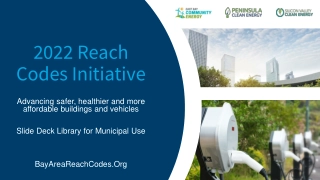



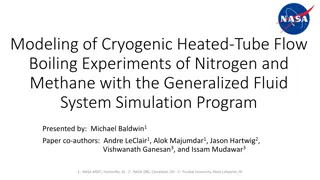
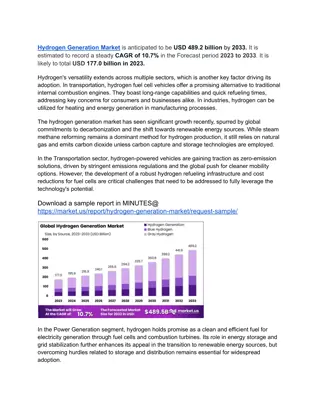
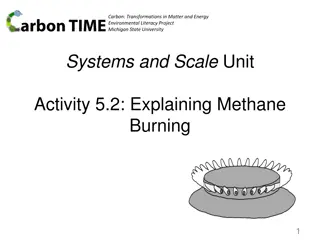

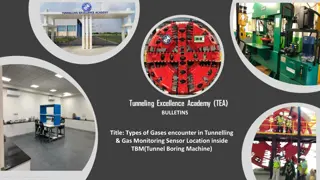
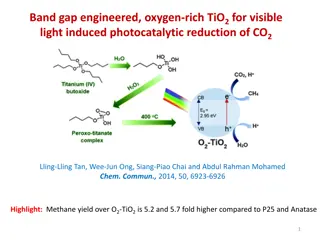
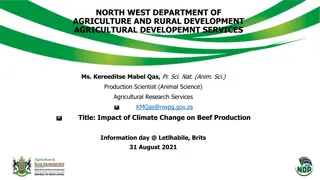

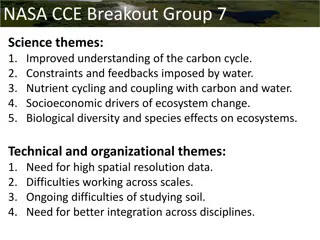
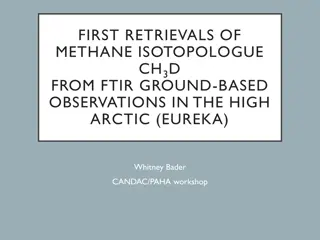
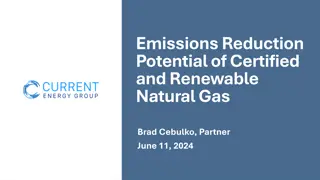
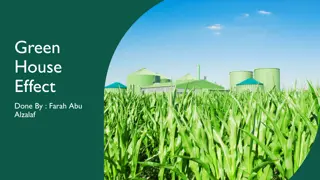
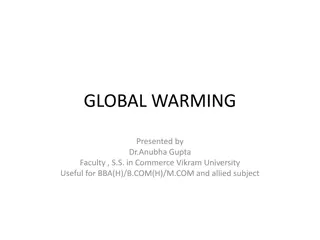
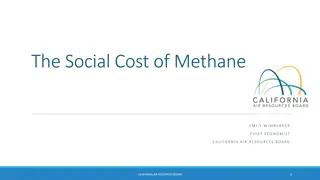
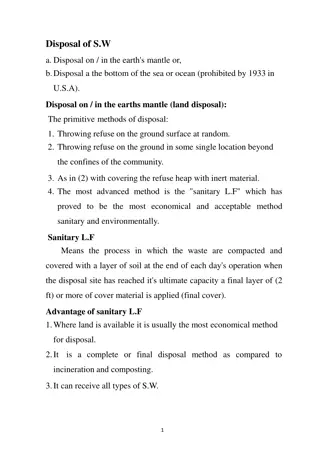
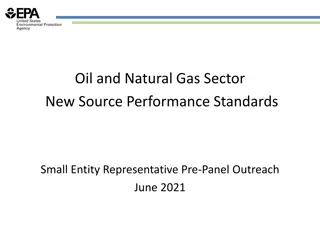
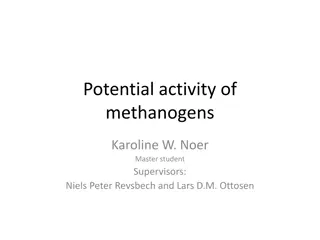
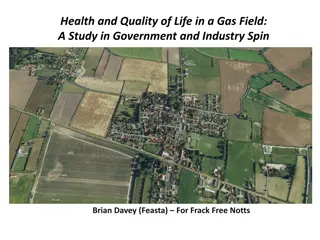
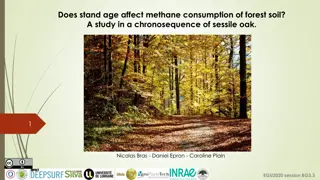
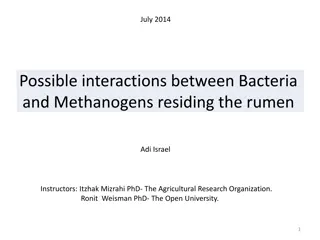

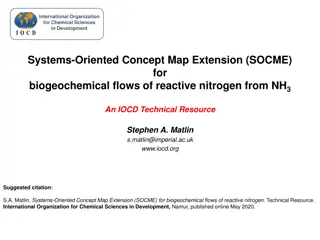
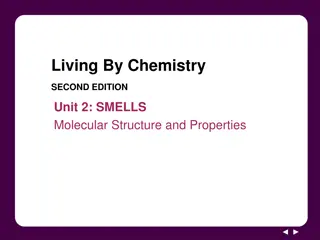
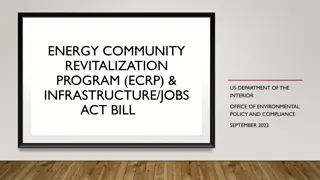
![The Synthesis of Cedranoid Sesquiterpenes via Photo-Rearrangement of Bicyclo[2.2.2] Octenones](/thumb/198279/the-synthesis-of-cedranoid-sesquiterpenes-via-photo-rearrangement-of-bicyclo-2-2-2-octenones.jpg)
